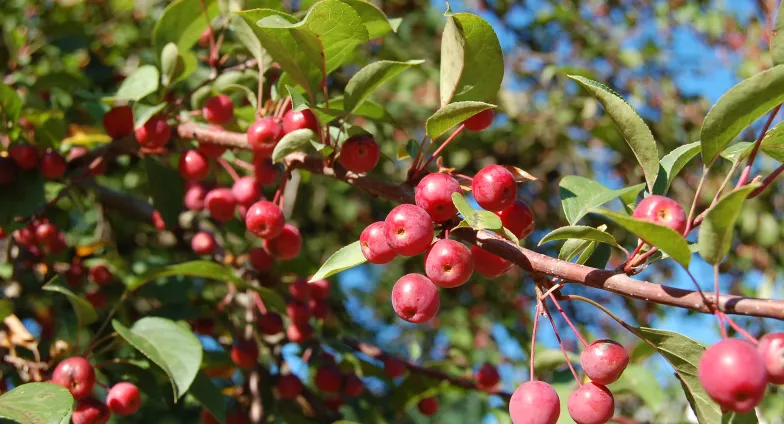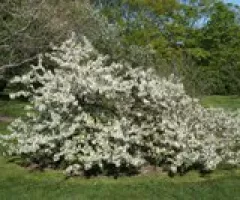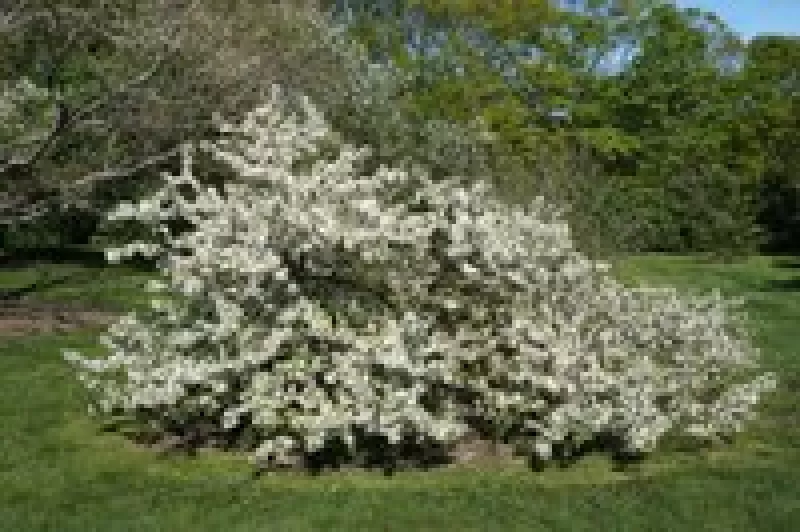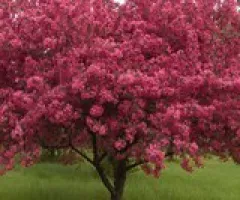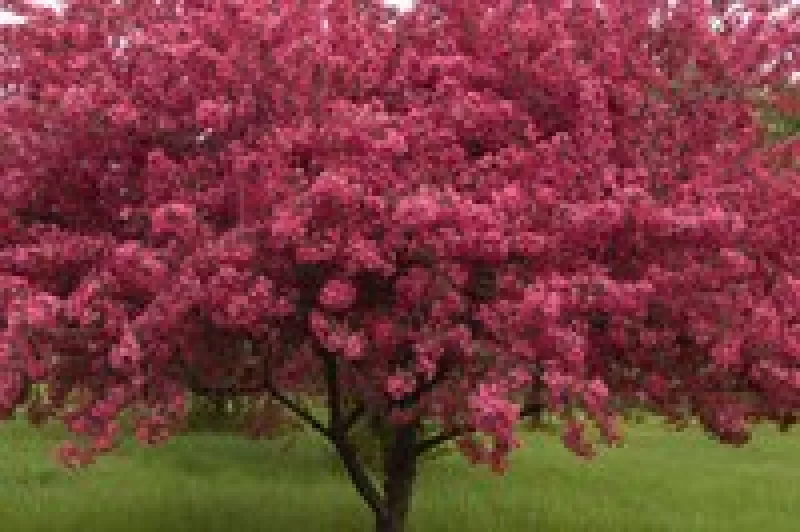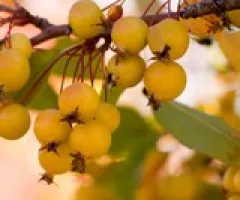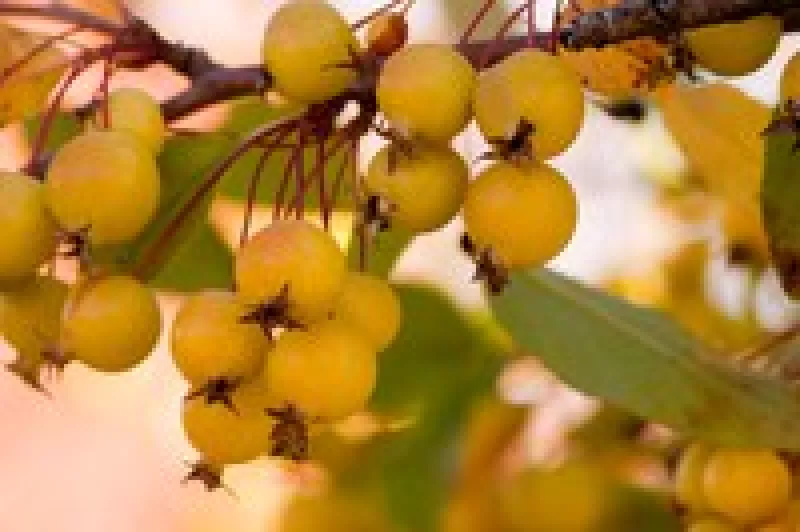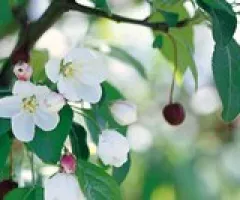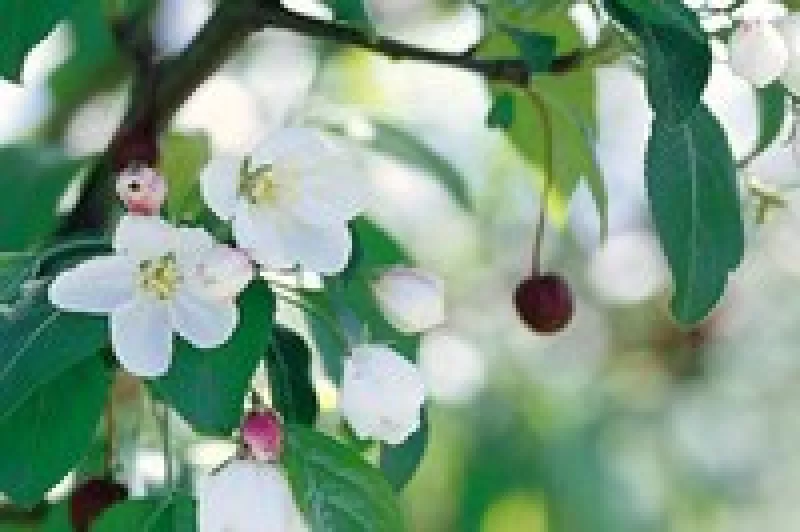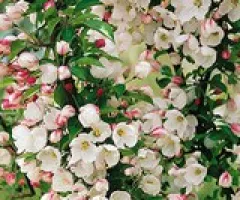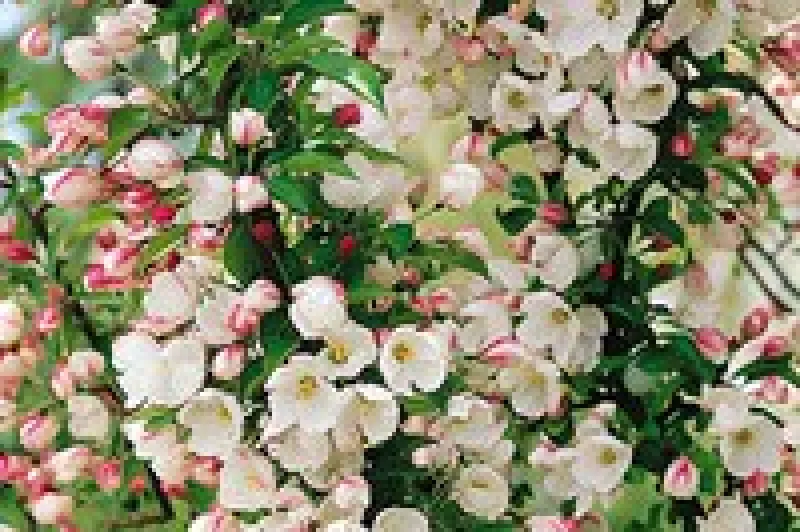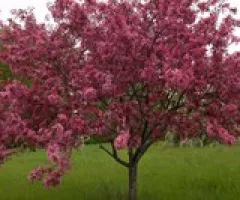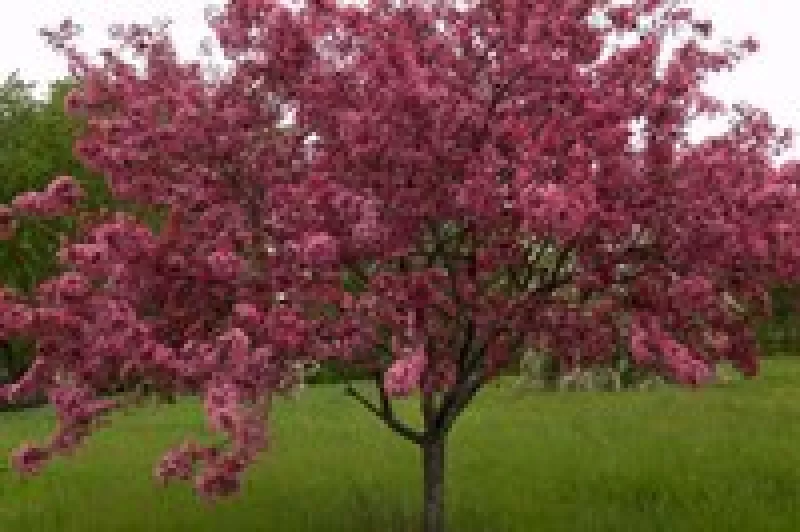How to Select a Crabapple Tree
One of the most beautiful sights in spring is a blooming crabapple. They are spectacular!
It’s no wonder the crabapple is the favorite small tree in North Dakota. If you go to a garden center, you will find lots of different crabapple cultivars available.
Which one is best for you? Here are some tips to help you make a choice.
Hardiness
This is always the first consideration when selecting a tree. It makes no sense to buy a tree that will die over winter. All crabapple cultivars discussed in this article are hardy to Zone 4. If you live in the far northern area of the state, focus on cultivars hardy to Zone 3.
Flower Color
This is usually the key factor. Pink or white? Besides your personal color preference, keep in mind where the tree will be planted. What is the background? For example, a white-blossomed tree will be less showy if the background is a white building. Likewise, a tree with dark pink flowers may not contrast well against a red brick building.
Fruit Persistence
This is very important! Why do we focus so much on flower color? The flowers will remain on the tree for only a couple weeks. I encourage you to consider how long the fruits persist on the tree. Some cultivars have fruit that persist on the tree through much of the fall and winter, adding color to our landscapes for several months. Cultivars known for their persistent fruits include ‘Adams’, ‘Adirondack’, ‘Donald Wyman’, Harvest Gold®, ‘Prairifire’, ‘Profusion’, Red Jewel®, ‘Red Splendor’, Royal Raindrops®, ‘Sargent’ and Sugar Tyme®.
Fruit Size
Smaller is better. Larger fruits generally create bigger messes when they drop. Avoid cultivars with fruits that are 2/3 inch or larger in diameter. Pea-sized fruits are much less messy and often stay on the tree longer.
Lack of Fruit
For gardeners who hate the mess created by dropping fruits, sterile cultivars are available, namely Marilee® and ‘Spring Snow’. Sterile trees are most useful in patios and courtyards.
Fruit Color
We automatically think crabapple fruits are red, but some cultivars produce golden yellow fruits. That’s special. These cultivars include Cinderella®, Harvest Gold®, Lollipop® and ‘Louisa’.
Not all red fruits are the same. Some red fruits are dark and dull. Others are brilliant. Cultivars with the brightest fruits include ‘Adirondack’, ‘Donald Wyman’, Red Jewel® and ‘Sargent’.
Foliage Color
Trees with purple or bronze foliage will stand out and make an eye-catching statement in the landscape. These cultivars include ‘Cardinal’, Gladiator™, ‘Prairifire’, ‘Purple Prince’, ‘Royal Beauty’ and ‘Royal Raindrops®’.
On the other hand, a crabapple with green foliage can provide a more natural, relaxing effect in landscapes.
